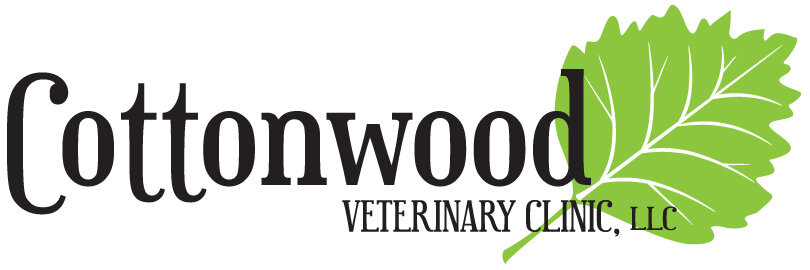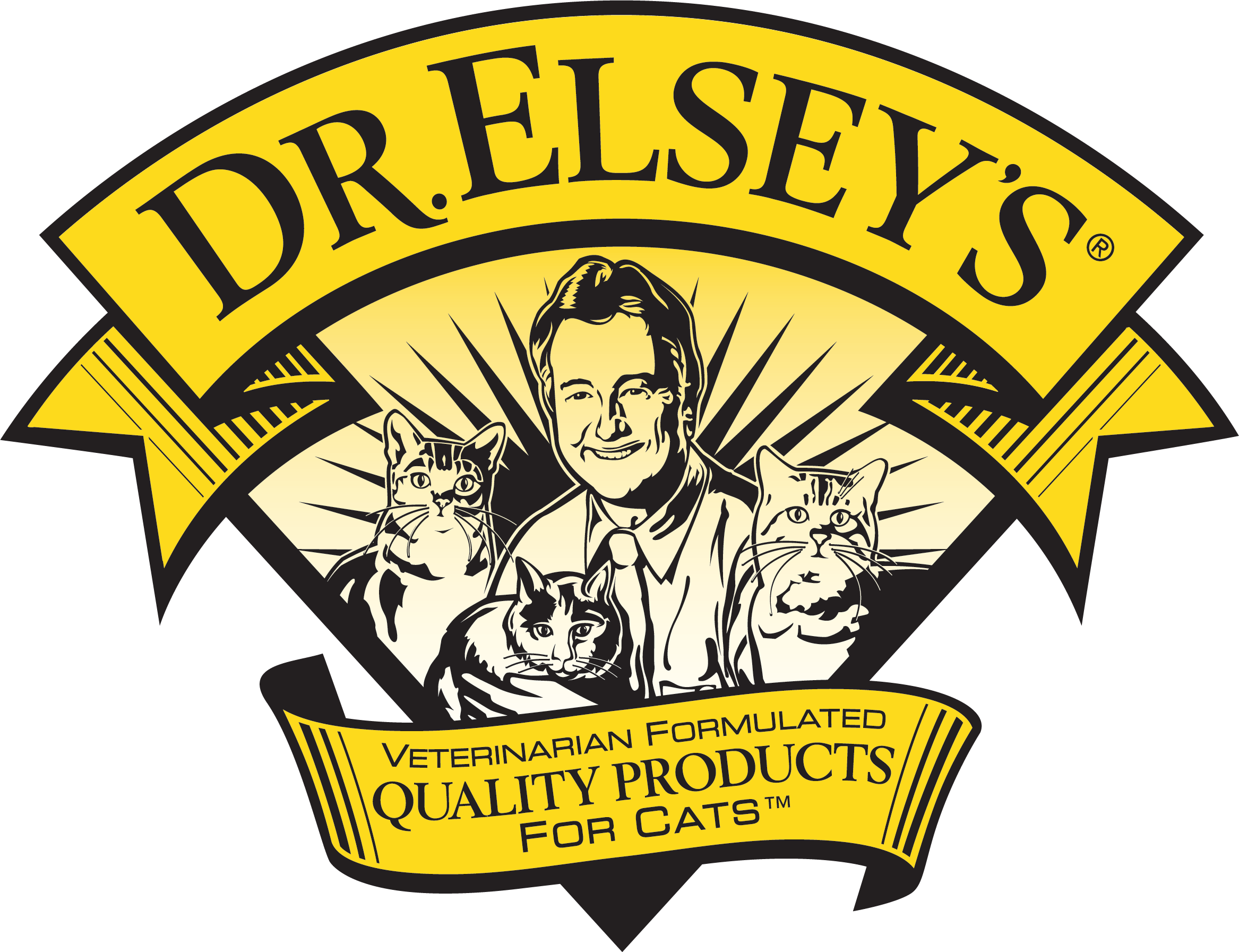Animal rescue groups do incredible work bridging a gap in animal welfare that previously wasn’t covered. Instead of languishing in shelters, or being euthanized due to population control, more and more animals are getting the chance to be “rescued” by these special organizations. Thousands of animals have found the home they were always meant to have.
But, one problem is that there are no real requirements in what constitutes a “rescue,” and the name has a positive connotation. As a result, many places that call themselves a rescue actually do more harm than good. Sometimes, it is a well-meaning person that aquires more animals than they can safely care for and gets in over their head. Or an animal hoarder that calls themselves a rescue to excuse the number of animals that collect. Or, it can be a place that uses their “rescue” status to try and solicit donations for personal gain. Or, it can just be a poorly run rescue that causes problems for pets and adopters through mismanaged policies. We have seen it all.
If you are thinking of adopting, there are many things you should look for in the rescue organization, to make sure that the rescue is legitimate to avoid these scenarios.
Here are some questions to ask:
- How is the organization structured? Does it have a board, staff and/or volunteers?
- Does it have a clear mission statement? Values?
- How is the rescue funded, and how are donations used?
- Where are the animals housed and what is their care like? Are they in a facility or foster home?
- Do they have access to veterinary care, and are all animals spayed/neutered/vaccinated prior to adoption?
- How can you view/visit the animals prior to adoption?
- What is the adoption process like? Do they have a formal application, background screening, and/or an adoption fee?
- What happens if you can no longer keep the pet you adopt?
While rescues come in all shapes and sizes, a reputable rescue will have no problem answering these questions for you. Their answers should demonstrate that the organization has clear policies, procedures, and takes proper care of animals. If you see a red flag, it is better to go elsewhere.
For more information on what constitutes a good rescue organization, read the Humane Society’s Rescue Group Best Practices Guide.









